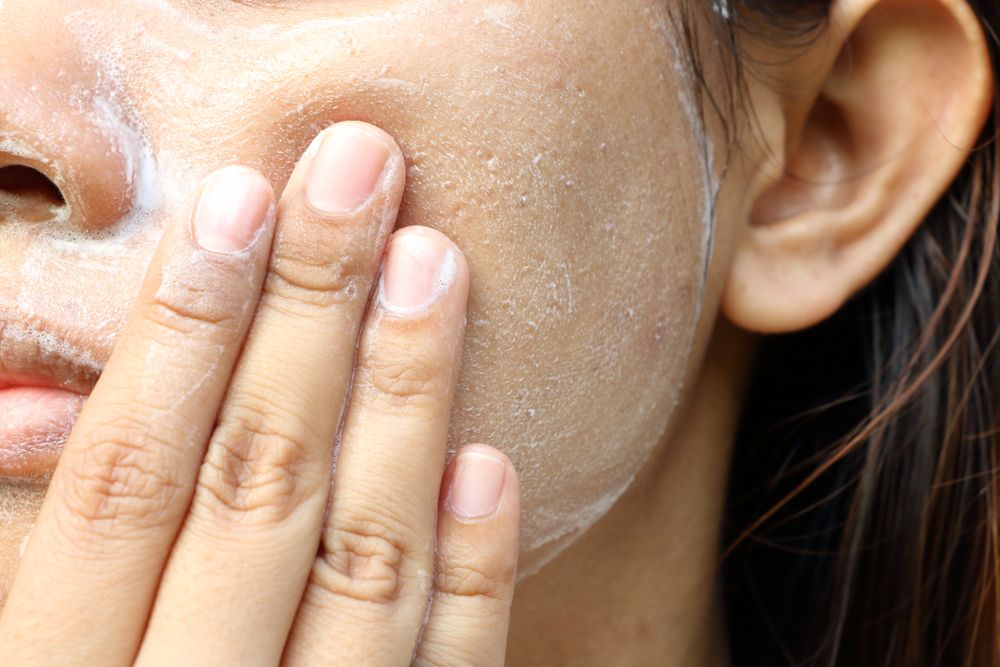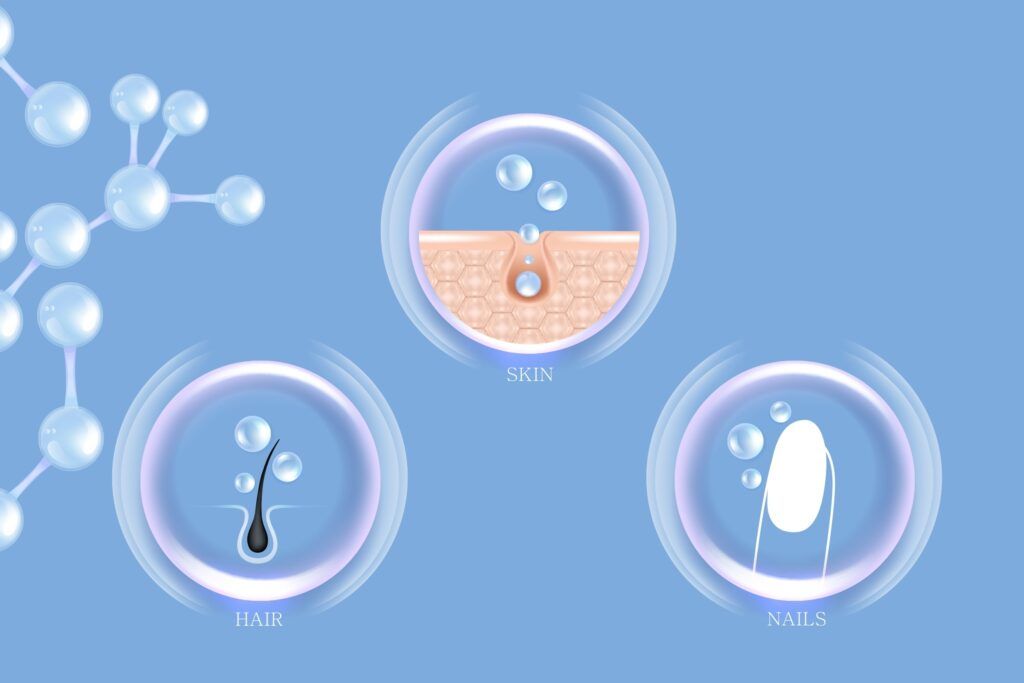Transitioning your skincare routine from winter to spring is crucial for maintaining healthy, glowing skin as the seasons change. Here’s a comprehensive Q&A guide on how to adjust your skincare to suit the spring season, focusing on hydration, exfoliation, and sun protection.
Q: How should I adjust my moisturizing routine for spring?
A: In winter, the air is drier and colder, which means your skin may require thicker moisturizers to maintain its hydration. As we move into spring, however, the humidity typically increases, and using heavy creams can lead to clogged pores and breakouts. Switch to a lighter, water-based moisturizer that hydrates your skin without weighing it down. Look for products containing hyaluronic acid, which is excellent for providing long-lasting hydration while feeling lightweight on the skin. For more information, check out Dermatology Associates for their guide on choosing spring moisturizers.
Q: Is exfoliation more important in spring? How often should I do it?
A: Exfoliation is a key step in transitioning your skincare routine to spring. It helps remove dead skin cells accumulated during the cold months, revealing fresher, smoother skin. However, it’s important not to over-exfoliate, as this can irritate your skin. For most skin types, exfoliating 1-2 times a week is sufficient. If you have sensitive skin, look for gentle exfoliators that won’t be too harsh. The American Academy of Dermatology offers guidelines on safe exfoliation practices here.
Q: With spring sun, what changes should I make to my sun protection routine?
A: Sun protection should be a year-round priority, but it’s especially important in spring when the days are longer and you might be spending more time outdoors. Upgrade your sun protection by using a broad-spectrum sunscreen with at least SPF 30. Apply it every morning as the last step of your skincare routine, even on cloudy days, as UV rays can penetrate through clouds. Reapply every two hours if you’re outdoors. For added protection, wear protective clothing and seek shade during peak sun hours. The Skin Cancer Foundation provides a comprehensive guide on choosing the right sunscreen here.
Q: Can changing seasons really affect my skin’s hydration levels?
A: Yes, the change in seasons can significantly impact your skin’s hydration levels. Spring’s warmer temperatures and increased humidity can make your skin feel oilier than it does in winter. It’s important to adjust your skincare products accordingly. Switching from heavy, oil-based products to lighter, water-based ones can help maintain the balance of moisture in your skin without contributing to excess oiliness. Hydrating serums with vitamins C and E are also great additions to your spring skincare routine, offering hydration and antioxidant protection. For more detailed advice, visit Healthline’s guide on spring skincare tips.
By following these tips and adjusting your skincare routine for spring, you can ensure your skin remains healthy, hydrated, and protected as you enjoy the season. Remember, listening to your skin and adjusting your routine as needed is key to maintaining its health year-round.






